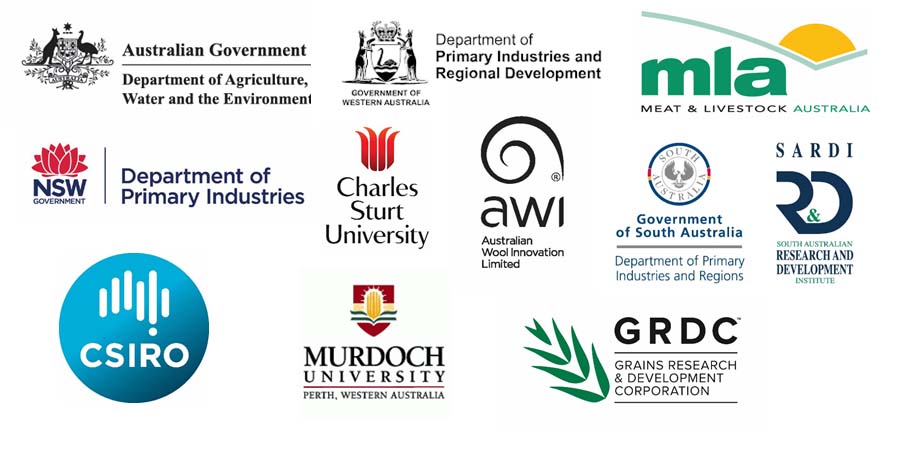High returns from stock and the benefits of pastures in rotations – through nitrogen fixing, weed and disease breaks and building organic matter – are encouraging growers to rethink the inclusion of pastures in mixed farms in medium to low-rainfall zones.
For the past five years, the $18 million national Dryland Legume Pasture Systems (DLPS) project has been supporting growers in making this change. It aimed to develop innovative new legume pastures on mixed farms in low to medium-rainfall areas of western and southern Australia. These have been shown to boost average farm profit by 10 per cent and halve the risk of financial losses compared to intensively cropped farms.
Given competing priorities, pasture research often ‘falls through the cracks’ between RDCs, while commercial pasture breeding and seed companies focus on the high-rainfall zone, where grazing makes up a significant proportion of land use.
The DLPS was operational from 2017 to 2022 across four states with investment from the Australian Government Department of Agriculture, Water and the Environment as part of its Rural R&D for Profit program, GRDC, Meat & Livestock Australia (MLA) and Australian Wool Innovation (AWI).
Despite COVID-19 restrictions limiting face-to-face meetings in the final two years, national collaboration was excellent between the research partners – Murdoch University, the South Australian Research and Development Institute, CSIRO, the Western Australian Department of Primary Industries and Regional Development and the New South Wales Department of Primary Industry.
Grower groups were also integral to the operations of the DLPS – namely, Mingenew Irwin Group, Corrigin Farm Improvement Group, ASHEEP Esperance, Agricultural Innovation and Research Eyre Peninsula, Upper North Farming Systems, Mallee Sustainable Farming, Birchip Cropping Group and Central West Farming Systems.
The project included four programs of R&D:
- Legume development and nitrogen fixation;
- Pasture benefits to cropping systems;
- Pasture benefits to livestock systems; and
- Whole-farm economics and modelling of legume pastures.
The work successfully developed and promoted low-cost legume pasture options, including serradella, biserrula, bladder clover, gland clover and medic. Together with reliable establishment techniques and management packages, research has shown the benefit they bring to both crops and livestock production on a range of soil types.
Most of the novel legumes have unique hard-seeded features and are aerial seeders, enabling them to be easily harvested and multiplied on-farm. Summer sowing of the species enables hard seed breakdown and exploitation of early breaks to the season in many areas. Twin-sowing techniques with grain crops can also reduce costs.
Results from the four R&D programs are included in the July-August 2022 GroundCover™ Supplement, while grower case studies and outcomes from the fifth extension program are included in articles within the July-August 2022 GroundCover™.

More information: Dr Stephen Loss, stephen.loss@grdc.com.au

























































